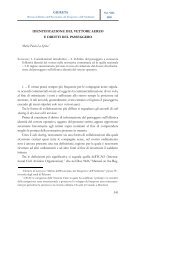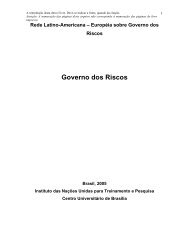YEARS OF EUROPEAN ONLINE ANNÉES DE EN LIGNE ...
YEARS OF EUROPEAN ONLINE ANNÉES DE EN LIGNE ...
YEARS OF EUROPEAN ONLINE ANNÉES DE EN LIGNE ...
You also want an ePaper? Increase the reach of your titles
YUMPU automatically turns print PDFs into web optimized ePapers that Google loves.
WORKSHOP<br />
sion of the current one, in which information is given well-deined meaning,<br />
better enabling computers and people to work in cooperation’ (Berners-Lee<br />
et al., 2001).<br />
Information available on the web is semantically tagged and linked using<br />
the technologies of Resource Description framework (RDf), XmL and URIs.<br />
this layer model (Koivunen and miller, 2002) is based on XmL (schema, name<br />
spaces) that offers a structuring of documents and data at the syntactic level.<br />
the next level forms RDf (schema) using the syntax of XmL and providing<br />
clear rules for the production of metadata. RDf describes resources by attributes.<br />
the RDf attributes are deined as a valid vocabulary by the RDf<br />
schema, forming also classes and class hierarchies. the next layer may be a<br />
logical one, an inference machine. In 2004, the w3C published, besides RDf,<br />
the web Ontology Language (OwL) for the development of sets of terms<br />
called ontologies that can be used for supporting advanced web search, software<br />
agents and knowledge management. Besides establishing the framework,<br />
the web has so far not been changed to a semantic representation and offered<br />
a broad high-level structuring of knowledge. In law, the Semantic web constitutes<br />
a tool for representation of domain knowledge but has so far also not<br />
been implemented.<br />
Computer-useable dictionaries may provide information on the world as<br />
such. facts could be checked much more easily. therefore, these projects<br />
would deliver a world description that could be used for identifying factual<br />
situations in law with legal consequences. wordNet is an online lexical reference<br />
system that is an initiative of the linguist George miller. It has been developed<br />
and is being maintained by the Cognitive Science Laboratory at Princeton<br />
University (miller et al., 1990) ( 6 ). Its design is inspired by current psycholinguistic<br />
theories of human lexical memory.<br />
It encodes conceptual relationships between terms by arranging them in a<br />
hierarchical structure. words (nouns, verbs, adjectives and adverbs) and their<br />
short deinitions are grouped into synonym sets (synsets), each representing a<br />
speciic lexical concept. the synsets are linked by a set of different semantic<br />
relations (mainly synonymy/antonymy, hyponymy/hyperonymy, meronymy<br />
and morphological relations to reduce word forms). wordNet aims at supporting<br />
automatic text analysis and AI applications and at providing an intuitively<br />
useable enhanced dictionary. the database of the current version 2.0 contains<br />
( 6 ) website: http://wordnet.princeton.edu/.<br />
140 | 141<br />
01_2007_5222_txt_ML.indd 141 6-12-2007 15:14:02



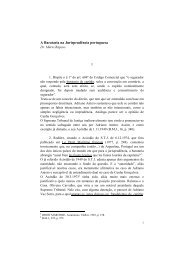
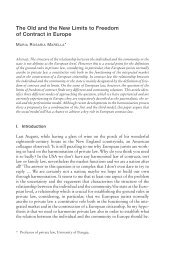

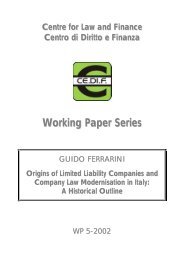
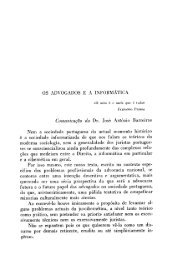
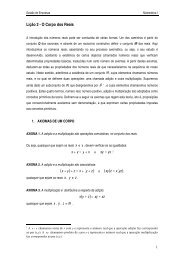
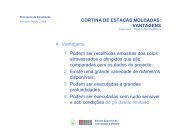
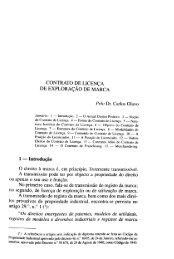
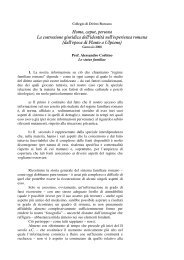
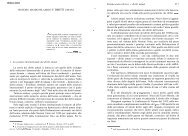
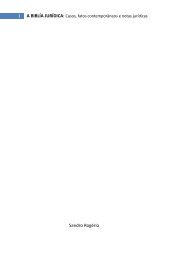
![Luigi Sapio Nozione di islām La parola “islām” [ ] è il mas.dar1 ...](https://img.yumpu.com/15836073/1/185x260/luigi-sapio-nozione-di-islam-la-parola-islam-e-il-masdar1-.jpg?quality=85)
